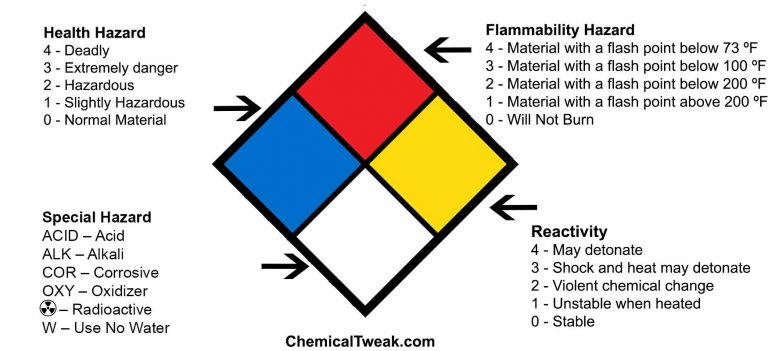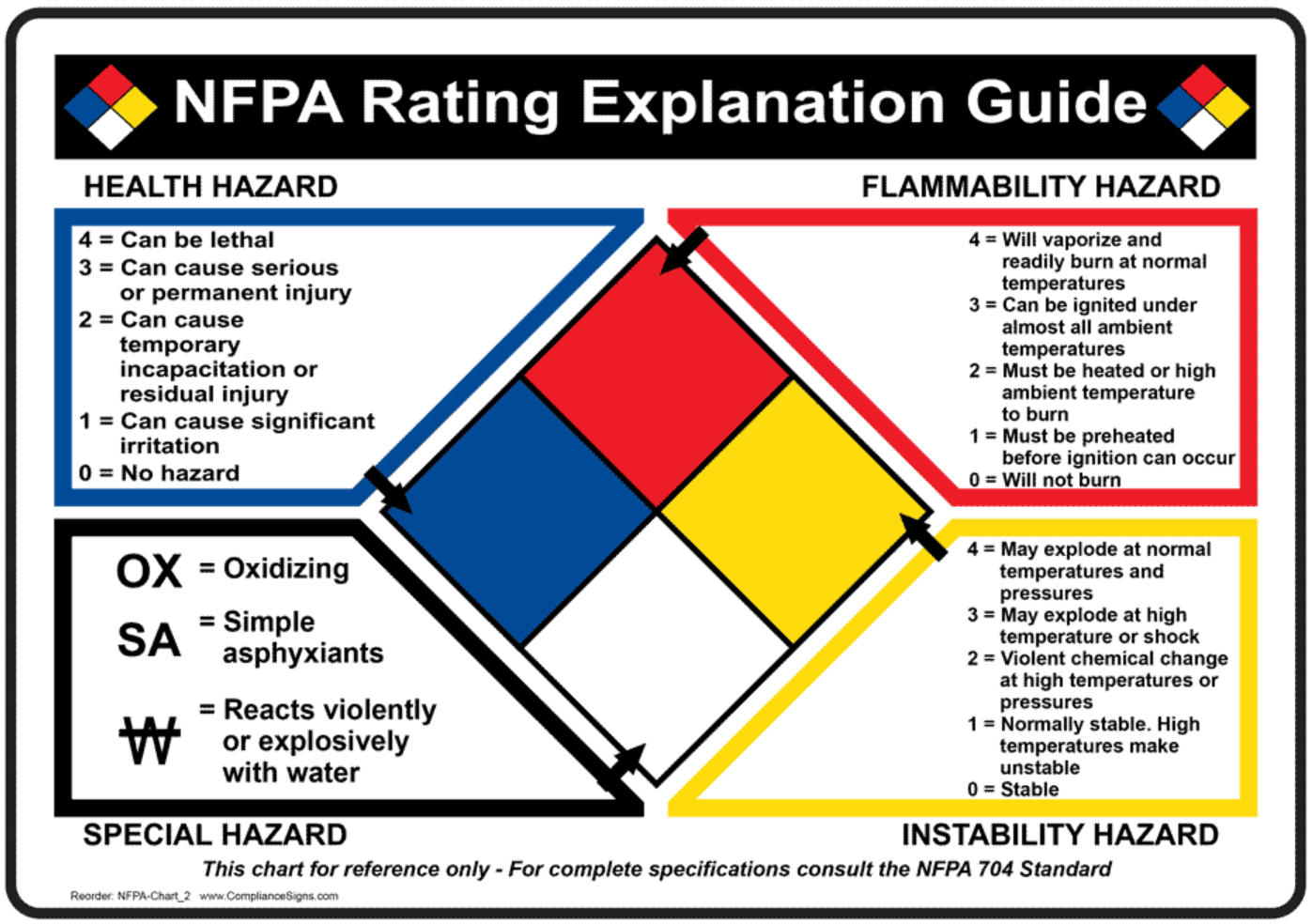nfpa fire diamond label is a crucial tool that keeps workplaces and emergency responders on the same page when it comes to hazardous materials. If you’ve ever seen a brightly colored diamond with numbers and symbols at the entrance of a facility or on a chemical drum, you’ve already encountered this powerful label in action. Understanding how to read and use these labels can make a real difference in maintaining safety for everyone.
The label’s clear color-coded sections and simple numerical ratings quickly communicate the levels of health, fire, and instability hazards in just a glance. Developed by the National Fire Protection Association, the NFPA fire diamond label is now standard across countless industries, from manufacturing to laboratories, helping people make quick, smart decisions that prevent accidents and save lives.
Introduction to the NFPA Fire Diamond Label
The NFPA fire diamond label is a widely recognized system designed to communicate specific hazards of materials, especially in industrial and laboratory settings. Originating from the National Fire Protection Association (NFPA) in the United States, this labeling system was developed in the 1960s as a standardized method to help emergency responders quickly assess potential dangers during an incident. Its distinctive diamond shape and color-coded quadrants make it easy to interpret at a glance, which is crucial during high-stress situations.
The main purpose of the NFPA fire diamond is to provide clear, accessible information about the health, flammability, instability, and special hazards of a material. This ensures that workers, emergency personnel, and anyone handling hazardous substances are aware of the risks and can take appropriate precautions. The system is especially important in industries where rapid identification of hazards is essential, such as chemical manufacturing, storage facilities, research laboratories, hospitals, and warehouses. In these environments, the NFPA fire diamond label often appears on storage tanks, drums, doors, and transport vehicles, serving as a critical first line of defense in hazard communication.
Common Use Environments
The presence of NFPA fire diamond labels is especially common in the following settings, where the quick relaying of hazard information is essential for safety:
- Chemical manufacturing plants and processing facilities
- Warehouses and distribution centers for hazardous materials
- Research and academic laboratories
- Hospitals and healthcare facilities handling chemicals
- Fire departments and emergency response vehicles
Components of the NFPA Fire Diamond

The NFPA fire diamond label consists of four color-coded quadrants, each representing a different type of hazard. These quadrants are arranged in a diamond shape, making the information instantly recognizable and easy to interpret even from a distance. The four quadrants are: health (blue), flammability (red), instability (yellow), and special hazards (white). Each quadrant contains either a number or a symbol that indicates the degree of hazard or a specific warning.
Color coding is a foundational aspect of the NFPA diamond, as it enables users to quickly identify the type of hazard even before reading the specific ratings or symbols. The strategic positioning of each color also follows a standardized layout, which further enhances readability and consistency.
| Quadrant | Color | Position | Represents |
|---|---|---|---|
| Health Hazard | Blue | Left | Risks to human health from exposure |
| Flammability Hazard | Red | Top | Potential for material to catch fire |
| Instability (Reactivity) Hazard | Yellow | Right | Tendency of substance to react or explode |
| Special Hazard | White | Bottom | Unusual or specific hazards (e.g., radiation, reactivity with water) |
Significance of Color Coding and Quadrant Arrangement
The consistent use of color and placement in the NFPA diamond ensures that essential hazard information is delivered quickly and effectively, even in situations where time is critical. This standardization also aids in training and education, as personnel can learn to associate each color and position with a particular hazard type, improving response times and reducing errors during emergencies.
Numerical Hazard Rating System: Nfpa Fire Diamond Label

Each of the three top quadrants—health, flammability, and instability—uses a numerical scale ranging from 0 to 4 to indicate the level of danger presented by the material. This rating system allows for a nuanced assessment of risk, with higher numbers indicating a greater hazard. The numbers are assigned based on specific criteria, typically Artikeld by the NFPA and relevant industry standards.
The meaning of each number in the NFPA hazard rating system is as follows:
- 0: Minimal hazard or no significant risk
- 1: Slight hazard; minor injury or damage possible
- 2: Moderate hazard; temporary or minor injury/damage likely
- 3: Serious hazard; severe injury or significant damage possible
- 4: Severe hazard; life-threatening or catastrophic consequences
Examples of Materials with Different Hazard Ratings, Nfpa fire diamond label
When comparing substances with varying hazard ratings, it’s important to consider the real-world consequences of handling, storing, or responding to incidents involving these materials. The following examples illustrate typical materials and their possible ratings:
- Health 4: Hydrogen cyanide (extremely toxic, even small quantities are life-threatening)
- Flammability 3: Gasoline (ignites easily at room temperature)
- Instability 2: Hydrogen peroxide (30%) (can decompose violently under certain conditions)
- Health 1: Sodium chloride (table salt, low hazard)
- Flammability 0: Water (non-flammable)
Consequences of Handling Materials with Varying Ratings
Materials with higher hazard ratings require stricter safety procedures, more robust protective equipment, and detailed emergency response plans. For example, a warehouse storing highly flammable chemicals (flammability 4) must implement extensive fire suppression systems, while a facility handling low-toxicity materials (health 1) may require only basic precautions. Understanding these differences is essential for compliance and for preventing workplace accidents or environmental incidents.
Last Point

The nfpa fire diamond label stands as a universal language for hazard awareness, bridging gaps between workers, safety professionals, and first responders. By mastering its symbols and ratings, everyone in a hazardous environment can react confidently and minimize risks. Keeping up with training and compliance ensures that these labels continue to play their vital role in industrial and emergency safety, making them indispensable wherever hazardous materials are present.